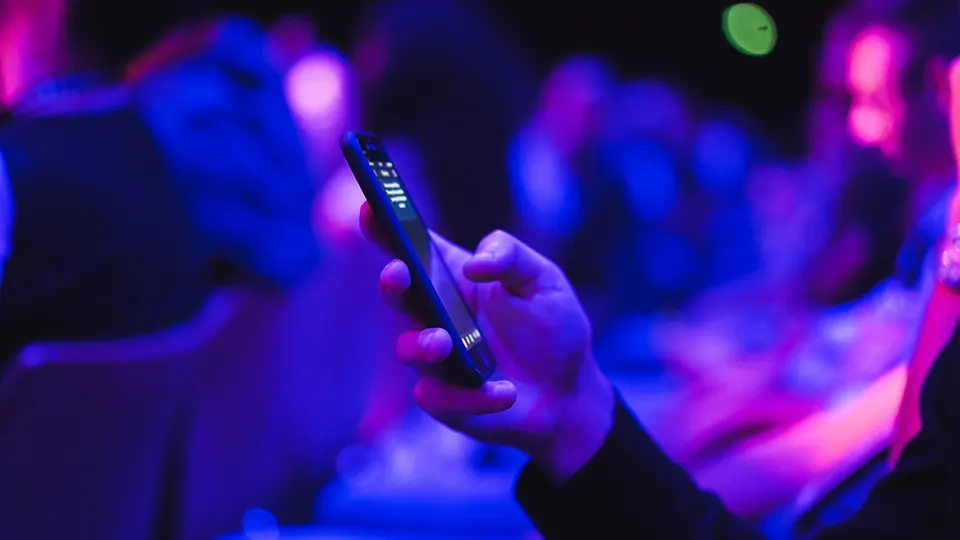Online is becoming less of an activity and more of a way of life. Vital elements of our daily lives are now fully enmeshed with the digital world – things like banking, entertainment, education, and even grocery shopping happen with a click, tap, or swipe more often than ever before. As we continue to blur the lines between online and everyday life, the idea of the Metaverse has become more prominent as the vision of the future.
What IS the Metaverse?
At its simplest, the Metaverse is the digital universe where all our interactions happen. We’ll navigate this world with digital avatars, visiting electronic destinations that exist solely in the online realm, having conversations with people on opposite sides of the physical planet as easily as though they were sitting in the same room of our homes or offices.
Zoom meetings and digital events have provided a first glimpse of what Metaverse functionality may look like, but it’s only the beginning. With the rise of AI, augmented reality, and immersive sensory technologies, the Metaverse has the power and potential to be just like living in a video game.
Picture it…
You log into the Metaverse, and with your augmented reality (AR) technology all set up, you could be walking through an authentic Chinatown street market, smelling the savory aromas of a dumpling shop, ordering it for delivery, and having it at your door in minutes. You could meet a friend for “coffee” or visit an art exhibit and view the artists’ works together. You may attend a concert with hundreds of other fans, or a poetry reading, or a family wedding, all without ever getting in the car, hopping a plane, or even leaving your couch.
What Does That Mean for Events?
Obviously, if everyone is spending their personal and professional time in the Metaverse, then events need to be able to happen there as well. And, it needs to go beyond the simple Zoom experience we’re currently used to.
A good example would be an event we organized for Shiseido – in which attendees used digital avatars to move around a digital space, have individual conversations, and also collectively watch presentations from digital “living rooms.” You can see the whole event details here, but again, this is just the tip of the iceberg as to what’s next in the Metaverse.
Likewise, entertainment and food & beverage experiences are sure to change. Crossover integrations with local restaurants for deliveries, make-at-home cuisine and cocktails will replace plated vs. buffet decisions. We may see digital offerings for wardrobe, hair and makeup, and more. Brands will need to adapt in ways that mirror product placement or smart sponsorships in order to be visible and accessible. Digital interactions will be key to brand and product exposure, or forging meaningful networking connections.
New venue options abound
For instance, “venues” will become anything you can imagine, and that budget will be more reliant on technology bandwidth and capabilities. At first, it may be that attendees need to go to a fully-equipped AR facility to be part of the environment. But as the technology becomes more accessible to a broad range of people, they will be able to recreate the experience in the comfort of their own homes or offices.
The possibilities are virtually endless, but it will take careful analysis and attention to detail to make the most of opportunities in the Metaverse.









